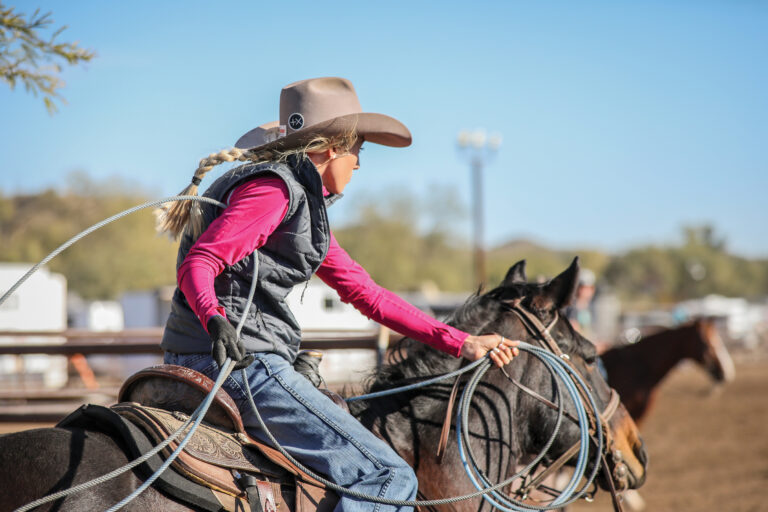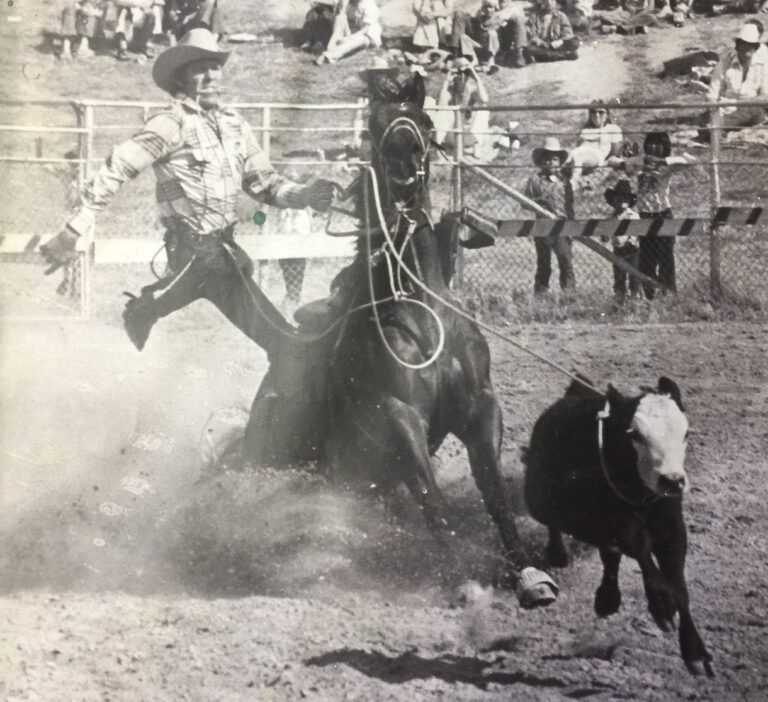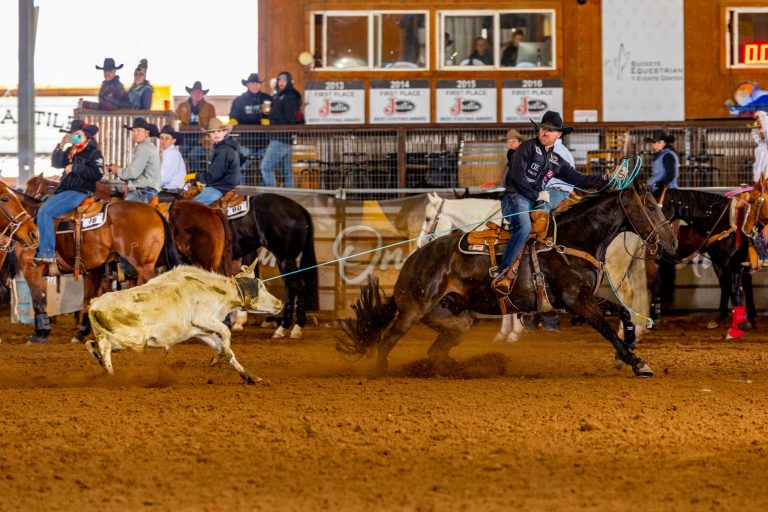Creating a renowned team roping destination like Dynamite Arena must have required incredible vision and industry foresight, right? Well, no. Not really. Rather, it was the result of one man’s journey and a lot of hard work.
Jim Riley was an Arizona native, raised by his mother and grandfather on the family’s North Phoenix dairy. Riley would become an electrician by trade, but his passion was in motorized racing.
“His love was the motorcycle racing and the sprint cars—the jalopies,” said Riley’s nephew and subsequent owner of Dynamite, Ron Treat.
According to Treat, who sold Dynamite in 2007, Riley was pretty talented on the track, too.
[Read more: Arizona Legends: Top Ropers Out of Arizona]
“He actually won like the first 37 or 38 races at Manzanita [Park,] when they first opened up [in 1951.]”
In an amusing interview published in a local paper shortly after Riley got things going at Dynamite, the journalist refers to Riley as “an adventurer,” who moved from racing to roping because the wrecks were a little less traumatic. Accompanying the story is an ironic photo of Riley holding up his right hand, with only his pointer and pinkie fingers intact.
Actually, though, there were a few more elements in the mix that would come to make team roping history.
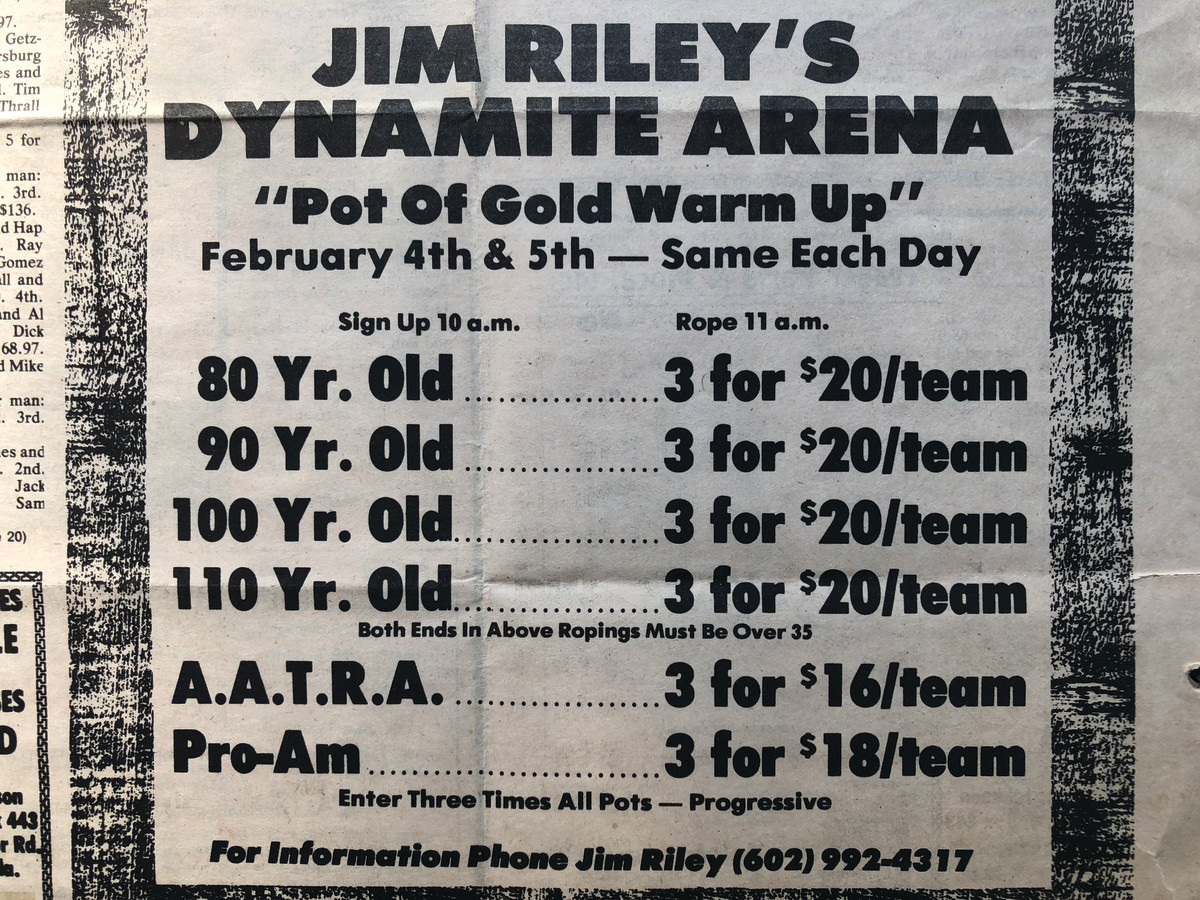
Treat fondly describes his late uncle as a twice-married ladies’ man who enjoyed his drink (but maybe not as much as his cigarettes) and was a tireless worker.
“He never did have any children,” Treat said. “He was married at least twice, and that was enough of that. He was busy. I remember going out there and welding until midnight every night almost. We’d work during the day and then go out there and weld all night.”
Treat also explained that, in the beginning, Riley wasn’t a roper.
[Listen: The Score BONUS Episode: Arizona Evolution]
“The only way he got into it was, in the ’60s, and I don’t know how, but he ended up with a stud horse called Swivels Gitter.”
The 1963 dun Quarter Horse was Skipper W bred on the top, a 1945 AQHA Hall of Fame sorrel who sired an impressive line known for its speed and athleticism.
“I don’t know how that came about,” Treat continued, “but he won the state halter and wanted to go on and do other things. And some of the guys who hung around at this time would have been [trainers] John Hoyt and Jim Paul—the seniors, not the juniors. They took that horse and started roping on him—calf roping and team roping—just to get more points for the grand champion deal, or whatever it was in the horse show world.”
With his focus on the horse, Riley needed a place to practice.
“He bought the property where Dynamite was in the late ’60s and started working on it in ’69. He built a house, and then was going to build an arena because he kind of started roping then, once he had that horse.”
Riley shared his home arena with the Maricopa County Sheriff’s Department for various events, which led to him keeping their cattle on the place.
“That’s how he learned the roping part of it,” Treat clarified. “Because of the Sheriff’s Posse.”
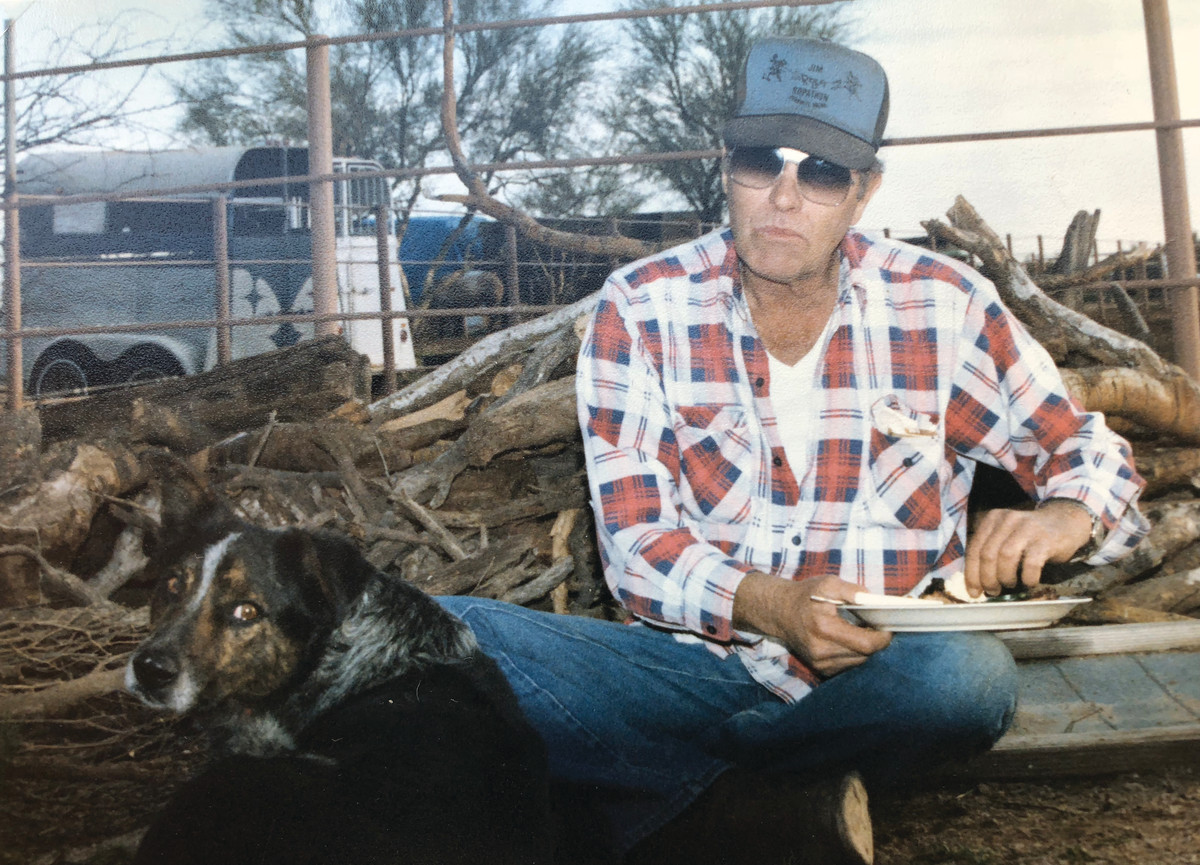
That’s also how he learned the producing part of it. It wasn’t long before Riley was hosting jackpots after the Posse’s Tuesday and Thursday night practices. Next thing he knew, local newspapers were covering his ropings which catered to locals and Canadian snowbirds alike.
[Read more: North Phoenix: The Hotspots of Cave Creek, Arizona]
Riley got savvy to the challenges of hosting ropings pre-handicap-system quick, and ensured a good time for all with hefty, Mexican broke-to-lead cattle and ropings that kept the wolves at bay with age limits and such.
When Riley fell ill with a non-cancerous lung disease, Treat, who was living in California and operating heavy equipment, packed up his family and moved east to help his uncle.
“We all got hooked into it the same way,” Treat humored. “He got sick and I came back and put him in the hospital. He had ropings going on, so I just started putting on ropings.”
Riley was 62 years old when he passed in 1992, just as the USTRC came to be and made roping a universal sport and ropers got to compete against their kind with the new handicap system and big money started flowing through the industry. For a guy who arguably helped paved the way for such innovation, Treat marvels a bit that it ended up being Riley who did it.
“He never wore a cowboy hat in his life. I mean, he had some that were half-[way] shaped like a cowboy hat, but they weren’t cowboy hats. And, I don’t think he ever wore a pair of boots other than Red Wings because he was always working.”
Turns out, you don’t have to be a cowboy. You just have to be an adventurer.
[Read more: Arizona Evolution: How Arizona Became the Hot Spot For Team Roping]





